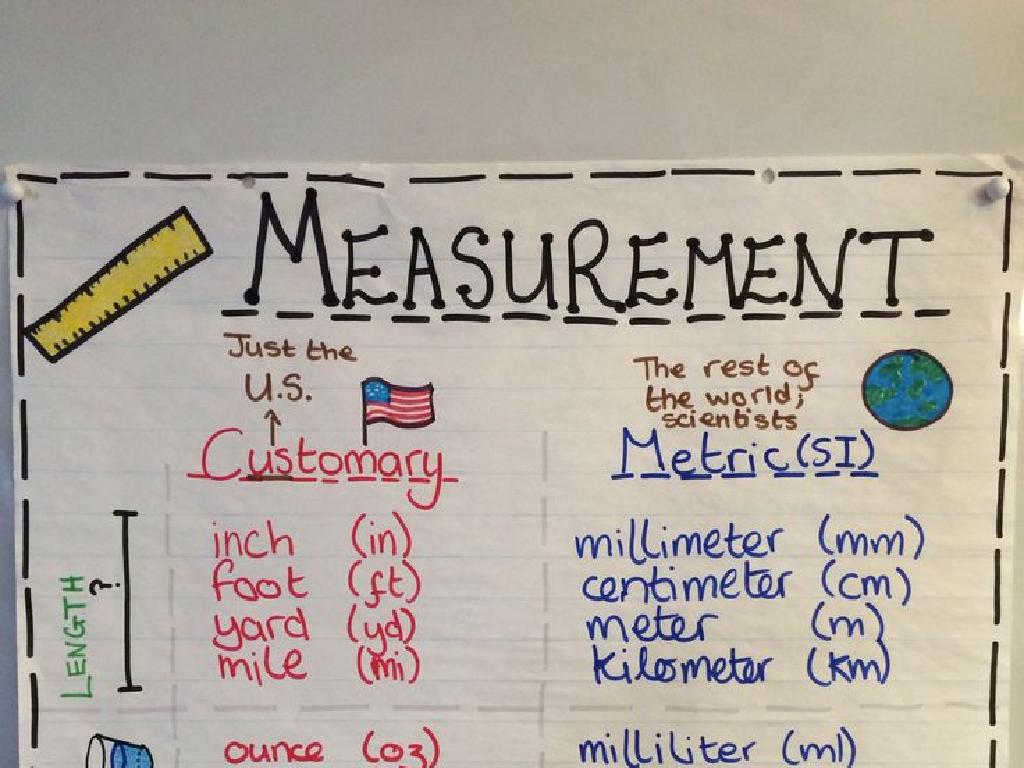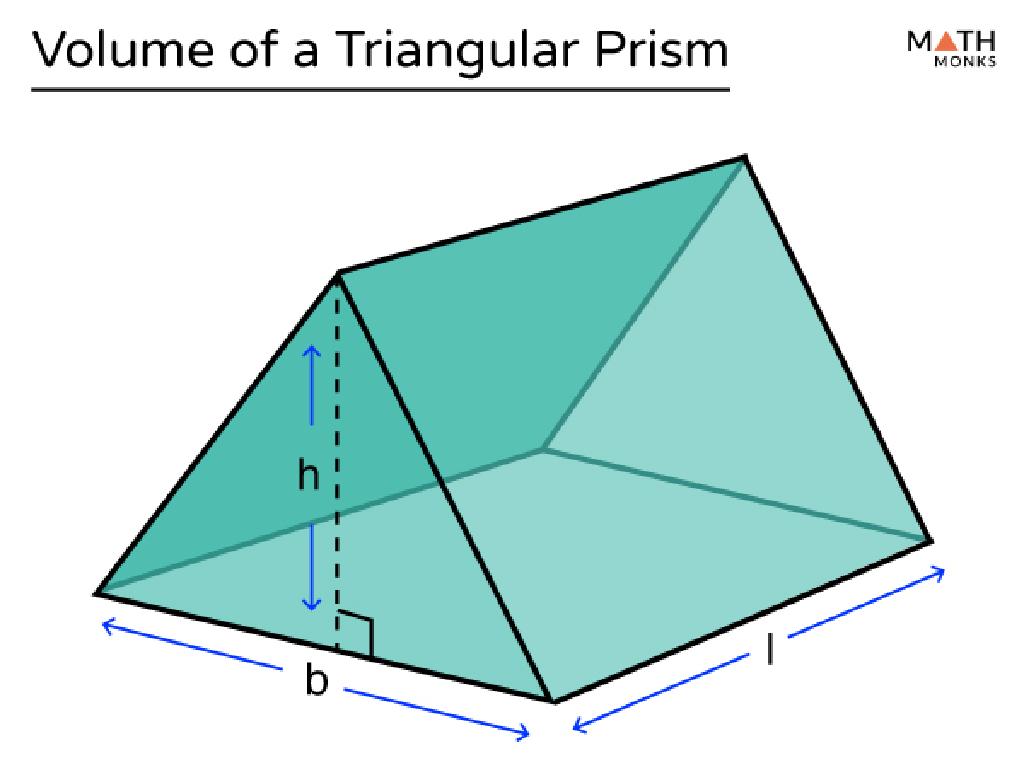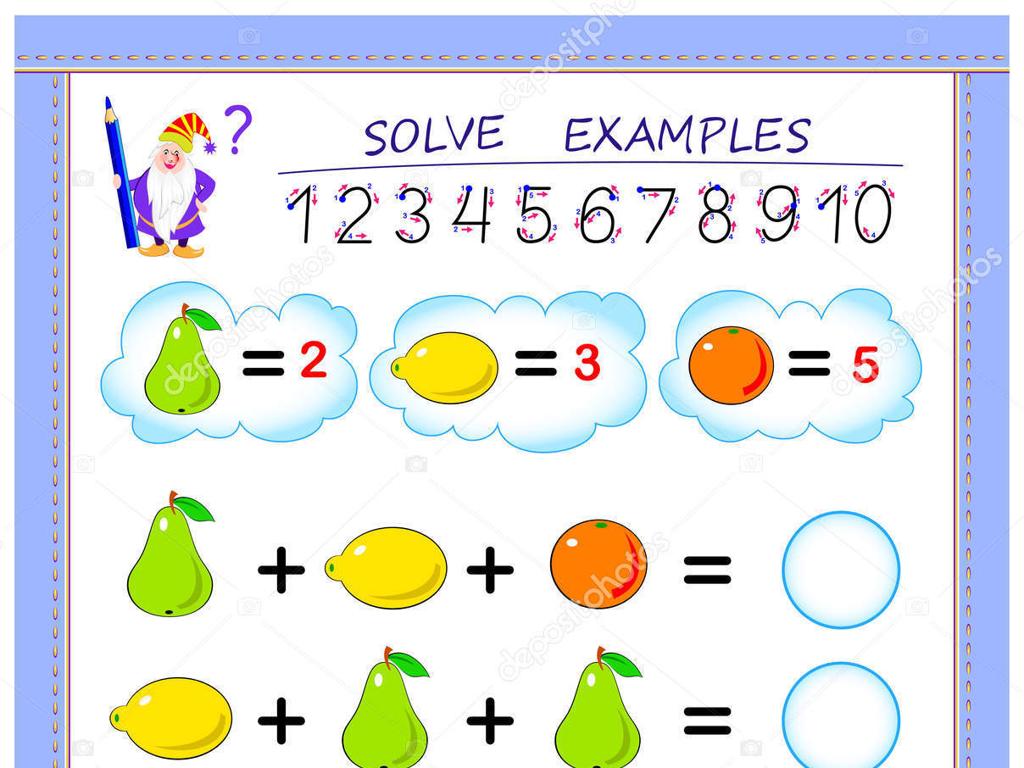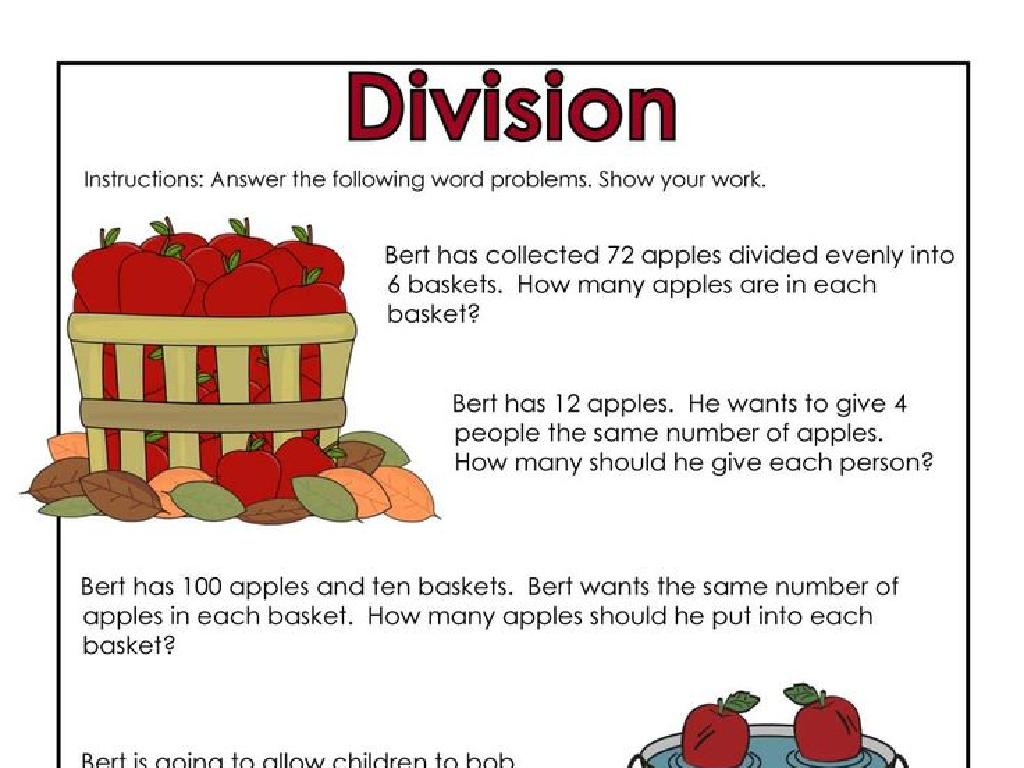Use Dictionary Definitions
Subject: Language arts
Grade: Fifth grade
Topic: Reference Skills
Please LOG IN to download the presentation. Access is available to registered users only.
View More Content
Mastering Reference Skills: The Dictionary
– What is a dictionary?
– A book or online resource with words and their meanings
– Dictionary: A key tool for learning
– Helps us understand new words and how to use them
– Daily applications of a dictionary
– From homework to reading new books, it’s a daily companion
– Enhancing vocabulary with a dictionary
– Learn new words, their pronunciations, and expand your language skills
|
This slide introduces students to the concept and importance of using a dictionary as a reference tool. Emphasize that a dictionary is not just for looking up words they don’t know, but also for understanding the different contexts in which a word can be used, learning about word origins, and finding synonyms and antonyms. Highlight how a dictionary is an essential tool for daily life, aiding in homework, reading comprehension, and even in improving communication skills. Encourage students to share experiences where a dictionary has helped them or could have helped them understand something better. The goal is to make them comfortable with using a dictionary regularly to enhance their language arts skills.
Exploring the Dictionary
– Dictionary: A language resource
– A book or electronic tool listing words alphabetically
– Offers meanings and pronunciations
– Learn how to say and understand words
– Includes usage information
– Find out how to correctly use words in sentences
– Types: General and specialized
– General for everyday use, specialized for specific subjects
|
Introduce the dictionary as an essential tool for understanding language, providing definitions, pronunciations, and guidance on word usage. Highlight the difference between general dictionaries for everyday vocabulary and specialized dictionaries for areas like medicine or law. Encourage students to familiarize themselves with using a dictionary, both in book form and online, to enhance their vocabulary and comprehension skills. Discuss the importance of knowing how to use a dictionary effectively as a reference skill in language arts and beyond.
Exploring Dictionary Entries
– Word Entry: The defined word
– Pronunciation: Saying the word
– Guides on how to pronounce, often with phonetic symbols
– Word Type: Category of the word
– Identifies if the word is a noun, verb, adjective, etc.
– Definition: Meaning of the word
– Explains what the word signifies
– Example Sentence: Word in context
– Shows how the word fits into a sentence
|
This slide is aimed at teaching students how to effectively use a dictionary by understanding its components. The word entry is the term being looked up. Pronunciation is crucial for students to learn the correct way to say new words, often represented with phonetic symbols. Knowing the word type helps in grammar and sentence construction. The definition provides the meaning, which is essential for vocabulary development. Lastly, the example sentence helps students see how the word is used in everyday language. Encourage students to practice looking up words in a dictionary to become familiar with these parts and to enhance their reference skills.
Navigating the Dictionary: Guide Words
– Guide words at page tops
– They speed up word finding
– First guide word is page’s first
– The first word you see on the page
– Second guide word is page’s last
– The last word you’ll find on that page
|
This slide introduces students to the concept of guide words in a dictionary, which are essential for developing efficient reference skills. Guide words are located at the top of dictionary pages and are designed to help users find words quickly without having to read every entry. The first guide word indicates the first word on the page, and the second guide word represents the last word on that page. This system allows students to estimate where a word might appear within the dictionary. Encourage students to practice by picking random words and using guide words to find them. This will help them become more familiar with the dictionary layout and improve their vocabulary skills.
Mastering the Dictionary: Alphabetical Order
– Dictionaries list words A-Z
– Like the ABCs, words are in order from A to Z.
– Break words into syllables
– Splitting words into parts can help you search faster.
– Use guide words to locate
– Guide words at the top of the page show word range.
– Practice finding words
|
This slide is aimed at teaching students how to effectively use a dictionary by understanding alphabetical order, syllable breakdown, and the use of guide words. Emphasize the importance of alphabetical sorting as a fundamental skill for locating words. Demonstrate how breaking down complex words into syllables can simplify the search process. Guide words are an essential tool for quickly assessing if a word falls within the page’s range. Encourage students to practice with different words to become comfortable with these techniques. Provide examples and perhaps a mini-activity where students can engage with a dictionary hands-on.
Practice Time: Exploring the Dictionary
– Find definitions for 5 new words
– Note pronunciation and word type
– Look for the phonetic spelling and whether it’s a noun, verb, etc.
– Create your own sentences
– Show you understand the word by using it correctly
– Share your findings with the class
|
This slide is designed to engage students in a practical exercise using a dictionary. Students are tasked with selecting five words they are unfamiliar with and researching their definitions, pronunciations, and parts of speech. They will then construct sentences using each word to demonstrate comprehension. Encourage creativity and proper usage in their sentences. This activity helps reinforce reference skills and vocabulary development. For the teacher: Prepare a list of suggested words for students who may struggle with selection, and be ready to assist with dictionary use. Consider pairing students to promote peer learning. After the activity, have students share their sentences with the class to foster discussion and further understanding.
Class Activity: Dictionary Scavenger Hunt
– Pair up for a dictionary quest
– Find meanings of 10 words
– Record each page’s guide words
– Guide words are at the top of dictionary pages
– Discuss your discoveries
|
This interactive class activity is designed to familiarize students with using a dictionary. Students will work in pairs to enhance collaborative learning. They will look up the meanings of 10 words, which helps them practice alphabetical ordering and understand word definitions. Recording guide words will teach them how to quickly navigate a dictionary. After the activity, students will share their findings, reinforcing their learning and public speaking skills. For the teacher: Prepare a list of words of varying difficulty for the students to look up. Ensure that each pair has access to a dictionary. Walk around the classroom to assist and encourage discussion among pairs. Consider rewarding teams who can also use their words in a sentence to promote application of their new vocabulary.
Conclusion: The Value of Dictionaries
– Dictionaries expand vocabulary
– They provide correct pronunciation
– Dictionaries explain word meanings
– Homework: Explore 3 new words
– Find definitions, pronunciations, and create sentences with each word
|
Dictionaries are essential tools for learning as they help students understand new words, learn how to pronounce them correctly, and grasp the nuances of language. For homework, students should find three words they are unfamiliar with at home. They will write down each word’s definition to understand its meaning, note the pronunciation to learn how to say it correctly, and use it in a sentence to demonstrate comprehension. This exercise will reinforce their reference skills and encourage independent learning. In the next class, students can share their words and sentences to learn from each other.






